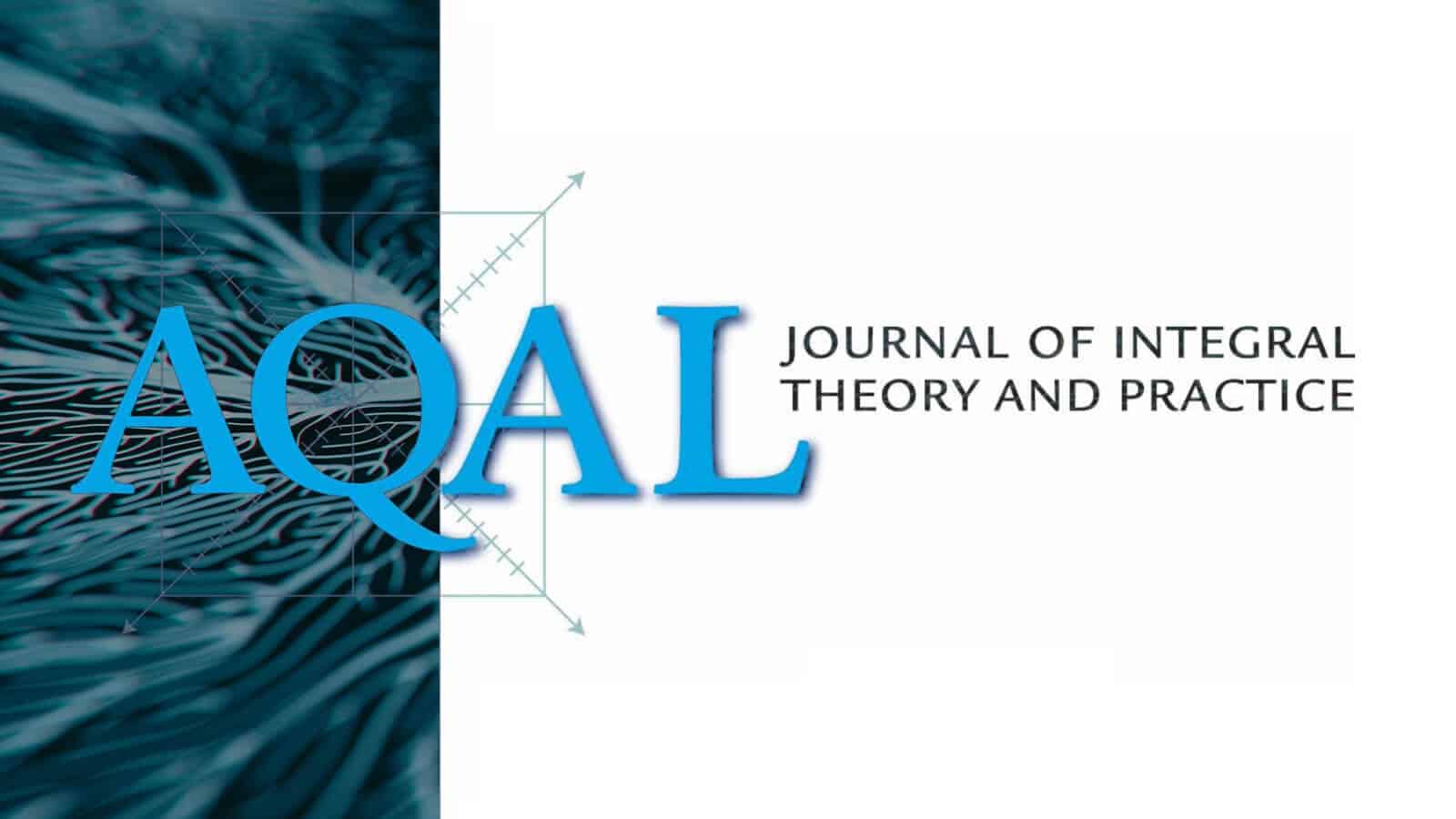The biopsychosocial model promised a more integrated psychiatric approach to patients. It assumed biological and psychosocial factors were paramount to effectively treat human disease and suffering. It has not, however, influenced conventional psychiatry as George Engel had envisioned. This article describes many of the strengths and weaknesses of the biopsychosocial model, as well as how AQAL and Integral Methodological Pluralism include the model’s partial truths and transcend its shortcomings.


 February 6, 2022
February 6, 2022 